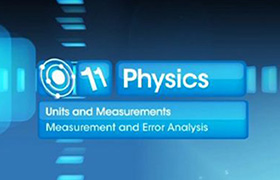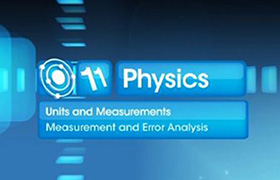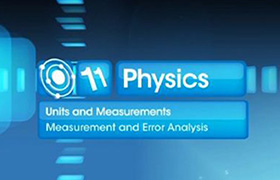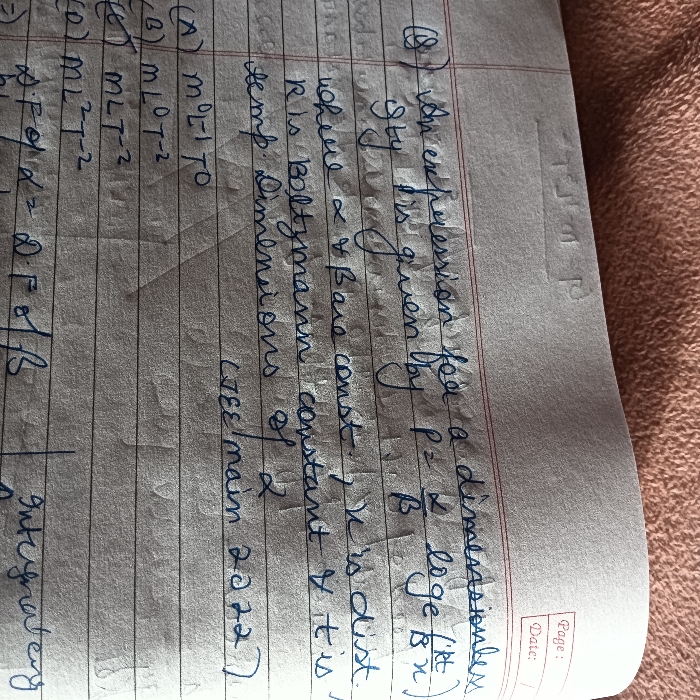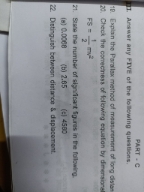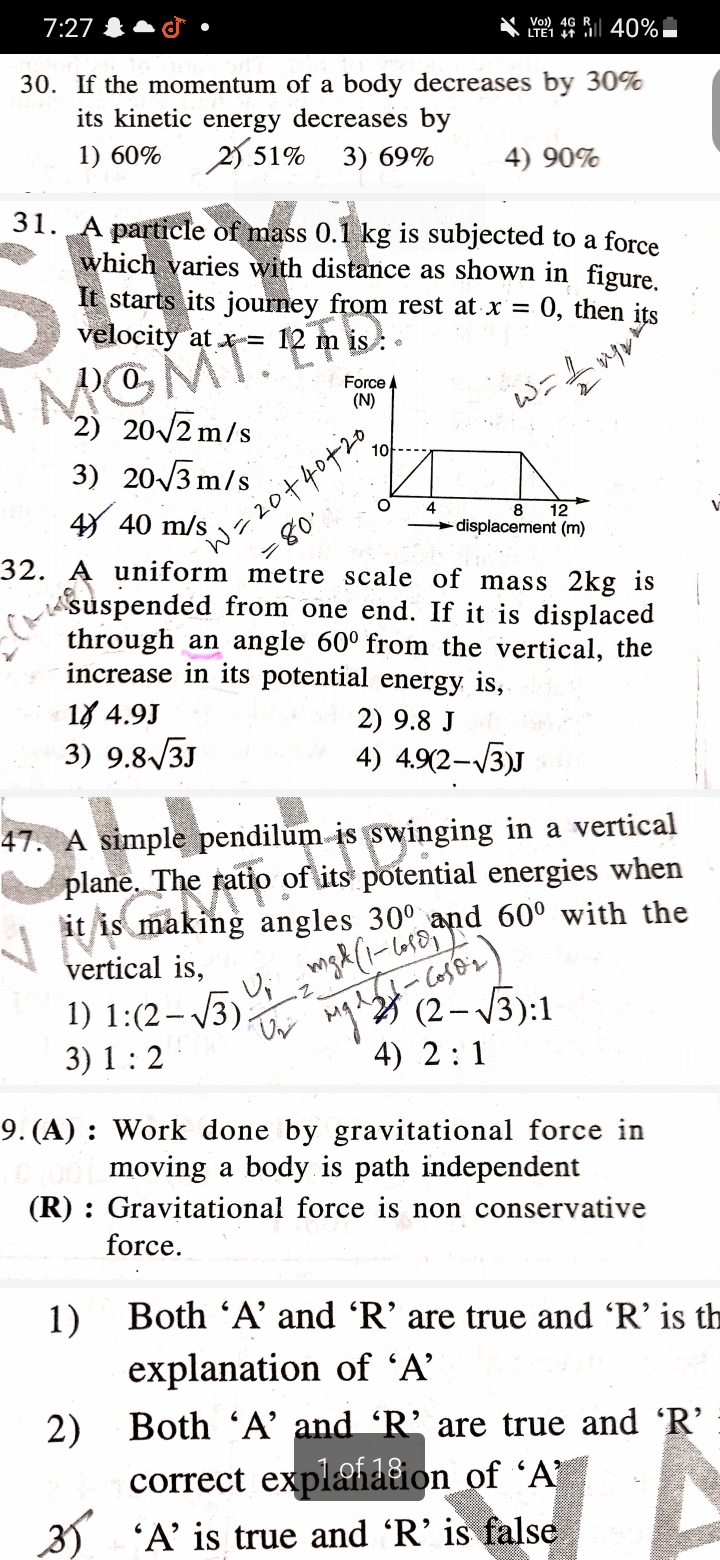CBSE Class 11-science Answered
error
Asked by rajveermundel7 | 18 May, 2022, 21:01: PM
The result of every measurement by any measuring instrument contains some uncertainty.
This uncertainty is called error. Every calculated quantity which is based on measured values,
also has an error.
also has an error.
In general, the errors in measurement can be broadly classified as (a) systematic errors and
(b) random errors.
(b) random errors.
The systematic errors are those errors that tend to be in one direction, either positive or
negative. Some of the sources of systematic errors are :
(a) Instrumental errors that arise from the errors due to imperfect design or calibration
of the measuring instrument, zero error in the instrument, etc.
(b) Imperfection in experimental technique or procedure
(c) Personal errors that arise due to anindividual’s bias, lack of proper setting of
the apparatus or individual’s carelessness in taking observations without observing
proper precautions.
(c) Personal errors that arise due to anindividual’s bias, lack of proper setting of
the apparatus or individual’s carelessness in taking observations without observing
proper precautions.
Random errors
The random errors are those errors, which occur irregularly and hence are random with respect
The random errors are those errors, which occur irregularly and hence are random with respect
to sign and size. These can arise due to random and unpredictable fluctuations in experimental
conditions
conditions
The magnitude of the difference between the true value of the quantity and the individual measurement value is
called the absolute error of the measurement.
called the absolute error of the measurement.
The relative error is the ratio of the mean absolute error to the mean value of the quantity measured
When the relative error is expressed in per cent, it is called the percentage error .
Answered by Thiyagarajan K | 19 May, 2022, 12:47: PM
Concept Videos
CBSE 11-science - Physics
Asked by kaivalyaam | 12 Jun, 2024, 03:24: AM
CBSE 11-science - Physics
Asked by sumedhasingh238 | 29 Mar, 2024, 17:15: PM
CBSE 11-science - Physics
Asked by rosysahu678 | 02 Mar, 2024, 18:09: PM
CBSE 11-science - Physics
Asked by sanketnaik338 | 04 Oct, 2023, 21:13: PM
CBSE 11-science - Physics
Asked by mayankvaram96 | 01 Oct, 2023, 06:01: AM
CBSE 11-science - Physics
Asked by bhargavchary19 | 23 Dec, 2022, 07:33: AM
CBSE 11-science - Physics
Asked by muhammadkp356 | 16 Oct, 2022, 21:18: PM
CBSE 11-science - Physics
Asked by kdimple765 | 09 Jun, 2022, 17:07: PM
CBSE 11-science - Physics
Asked by rajveermundel7 | 18 May, 2022, 21:01: PM
CBSE 11-science - Physics
Asked by duritanaik | 03 May, 2022, 08:59: AM

